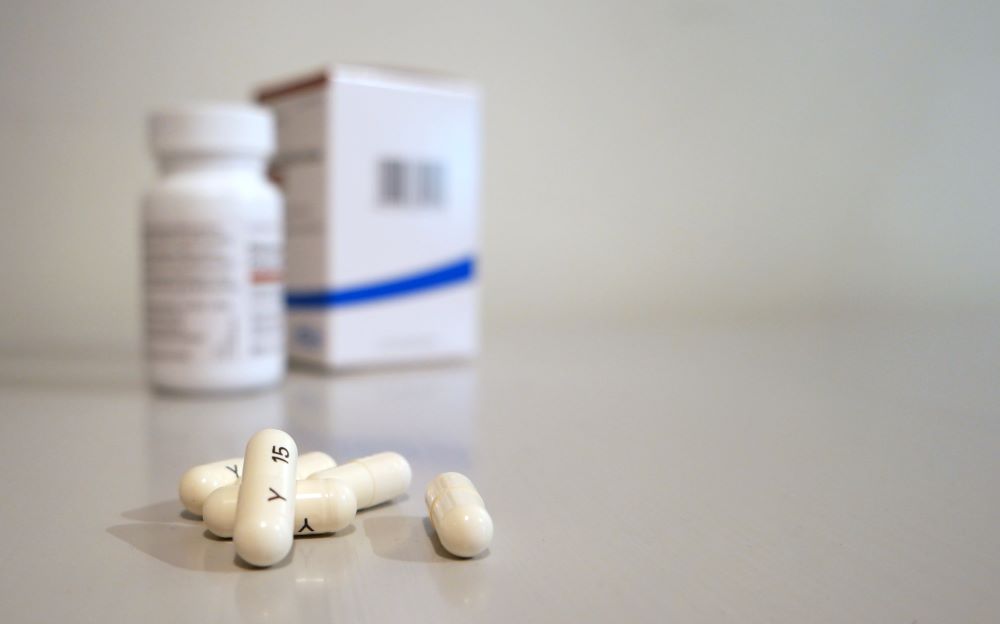Although heavily regulated, buprenorphine may be the answer to ending opioid misuse.
In the battle against opioid addiction, every tool possible is needed to fight back and make progress on behalf of those who need help the most, especially when it comes to saving lives. Sometimes, the most useful tools are actually other drugs that can serve as something of a fill-in or replacement for more harmful opiates. Distributing these kinds of drugs is tricky, as there is a risk of them being abused, yet it’s hard to argue for restrictions against them when such a positive impact is possible. Perhaps the most notable of the drugs in this category is buprenorphine. While it is not exactly that well-known by the general population, buprenorphine certainly is well-known in the medical community as a tool that can be used to subdue cravings and soften opioid withdrawal symptoms. For those who are dealing with opioid addiction, formerly termed ‘opioid use disorder (OUD)’, using buprenorphine can be seen as a preferred alternative and a stepping stone toward ending their addiction.
The complicating factor with buprenorphine is that it is possible for this drug to be misused as well, and it is even possible to overdose from overuse. However, the risk of overdosing on buprenorphine is lower than with opioids, so many consider this to be a useful and viable strategy as an opioid substitute.

This latest study attempted to determine exactly how often buprenorphine was being abused by those to whom it was prescribed. There is a fear when this drug is prescribed it will be abused, but how often is that actually happening?
As it turns out, the results of this study indicate that it is rarely abused by those who are given it in an effort to counter opioid addiction, possibly saving lives. The report found that less than 1% of the recipients within the Medicare system went on to either misuse the drug or distribute it to another party. These findings may provide encouragement to healthcare providers, and to the healthcare system as a whole, that prescribing more buprenorphine is a useful strategy to combat opioid addiction and reduce overdose deaths.
Since 2000, it has been required for doctors to register with the Substance Abuse and Mental Health Services Administration (SAMHSA) if they wish to prescribe opioid substitute drugs, and additional training was necessary in order to do so. That waiver requirement has now been taken away, however, so licensed doctors with the ability to legally prescribe medication can now include drugs like buprenorphine among their options with no further red tape to cut through.
With careful regulation and the right strategy in terms of prescriptions, there is hope that buprenorphine can be a useful tool in helping people move away from opioid addiction and back toward a healthy, addiction-free life, eventually proactively saving lives. Education may be necessary to disseminate information about the risks and benefits of this drug and prevent it from being misused. The benefits seem to outweigh potential costs, which is a significant factor in whether this drug should become more readily available. This single drug, of course, is not going to bring an end to the opioid crisis, but even if it only helps a small percentage of people dealing with addiction, it will be well worth it.
Sources:
Opioid substitute buprenorphine is rarely misused: So why is there so much regulation?


Join the conversation!